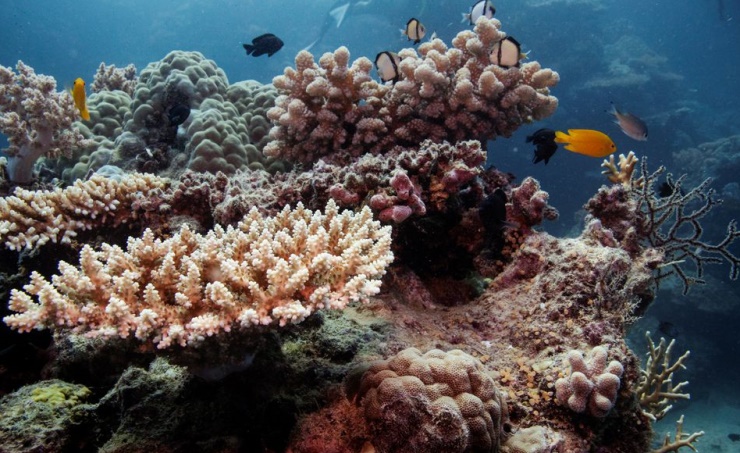Melbourne Aug 4 (BUS): Two-thirds of Australia’s Great Barrier Reef has shown the most coral cover in 36 years, but reefs remain subject to increasingly frequent mass bleaching, an official long-term monitoring program says.
The Australian Institute of Marine Science (AIMS) said recovery in the central and northern stretches of the UNESCO World Heritage-listed coral reef contrasts with the southern region, where there has been a loss of coral cover due to an outbreak of Crown of Thistles (AIMS) starfish. in its annual report.
“What we’re seeing is that the Great Barrier Reef remains a resilient system. It still retains this ability to recover from disturbances,” said Mike Emsley, head of the AIMS Monitoring Program.
“But the worrying thing is that the frequency of these disturbances is on the rise, particularly mass coral bleaching events,” he said.
The report comes as UNESCO is considering whether to list the Great Barrier Reef as “in danger”, following a visit by UNESCO experts in March.
In a key measure of coral reef health, AIMS identifies hard coral cover of more than 30% as a high value, based on long-term reef surveys.
In the northern region, average hard coral cover grew to 36% in 2022 from a low of 13% in 2017, while in the central region hard coral cover rose to 33% from a low of 12% in 2019 – the highest levels Recorded for both areas since the institute began monitoring the reef in 1985.
However, in the southern region, which generally has higher hard coral cover than the other two regions, cover fell to 34% in 2022 from 38% the previous year.
The recovery comes after the fourth mass bleaching in seven years and the first during the La Nina event, which usually brings temperatures down. Despite the breadth of bleaching, the institute said, bleaching in 2020 and 2022 was not as harmful as in 2016 and 2017.
On the downside, growth in cover has been driven by Acropora corals, which AIMS said are particularly vulnerable to wave damage, heat stress, and the crown-of-thorns starfish.
“We’re really in uncharted waters when it comes to the effects of bleaching and what it means going forward. But even today, it’s still a great place,” Emsley said.
ZHB
